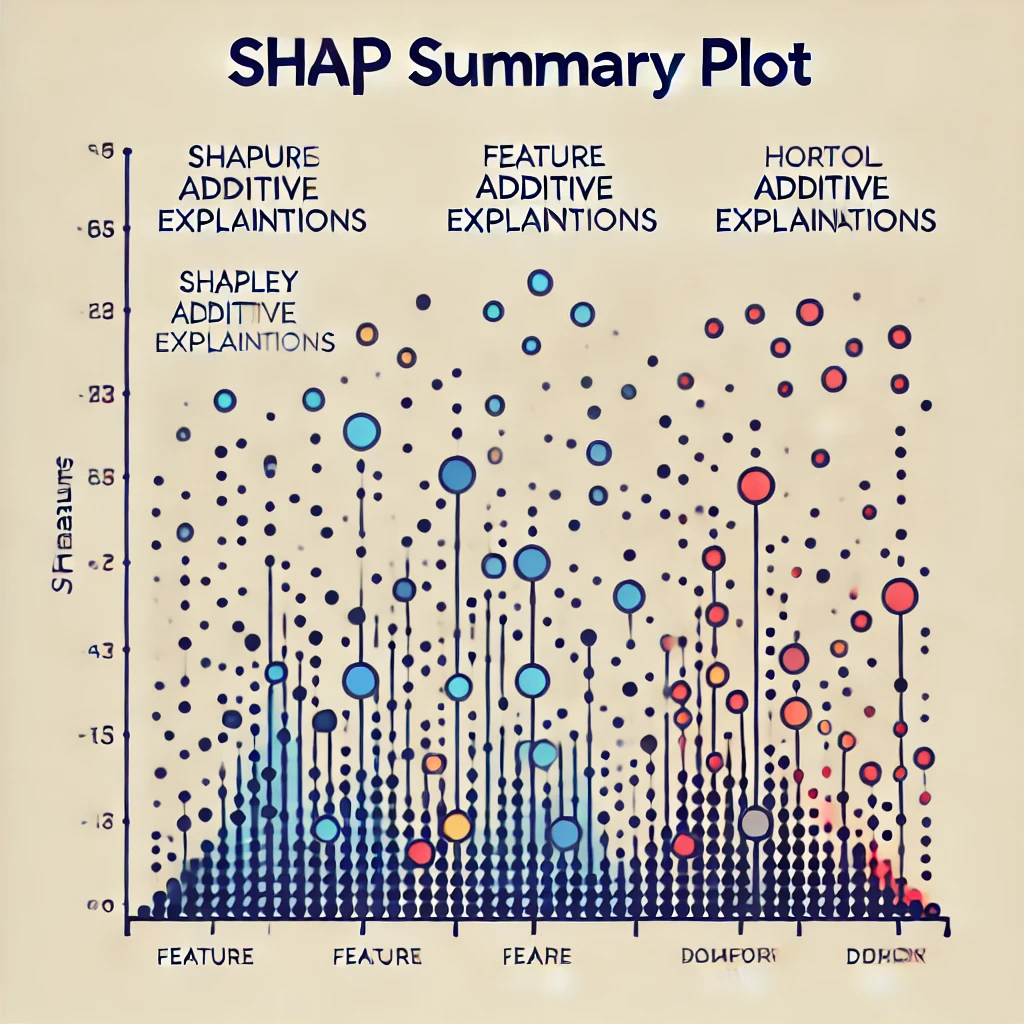2 min to read
Model Predictions with Partial Dependence Plots
Explainable AI

Introduction to XAI and PDP
In the complex world of machine learning, understanding how models make decisions is crucial, especially for those used in high-stakes scenarios. This is where Explainable AI (XAI) comes into play, aiming to make the inner workings of models transparent and comprehensible. Partial Dependence Plots (PDP) are a key tool in XAI, offering a straightforward yet powerful means to visualize and interpret the effects of one or two features on the predicted outcome, regardless of the model’s overall complexity.
Understanding PDP
A Partial Dependence Plot shows the relationship between a specific feature and the response variable, while averaging out the effects of all other features. It isolates the influence of one or two features, allowing analysts to see how changes in these features affect the predicted outcome. To generate a PDP, a range of values for the feature(s) of interest is selected, and predictions are made for each value, holding all other features constant. This results in a plot that reveals the average predicted outcome across the selected range, offering insights into the model’s behavior.
Advantages of Using PDP
PDPs are particularly useful for understanding complex models that can be otherwise difficult to interpret. They provide a clear visual representation of how different feature values influence predictions, which can be invaluable for feature engineering and model tuning. PDPs are model-agnostic, meaning they can be applied to any machine learning model, providing a versatile tool for model interpretation.
Real-world Applications of PDP
Partial Dependence Plots are employed across various sectors. In finance, they help analysts understand how factors like credit history or loan amount affect the likelihood of loan default. In healthcare, PDPs can show how different patient characteristics influence the effectiveness of a treatment plan. In marketing, they are used to assess how changes in pricing or product features impact consumer interest.
Limitations and Considerations
While PDPs are insightful, they have limitations. They assume independence between features, which can lead to misleading interpretations in the presence of correlated features. PDPs also provide an averaged view, which can obscure heterogeneity in model responses to different subgroups within the data.
Conclusion
Partial Dependence Plots are a staple in the XAI toolkit, providing clear and intuitive insights into the predictive patterns of machine learning models. By demystifying the influence of individual features on outcomes, PDPs play a crucial role in enhancing the transparency and trustworthiness of AI systems. As we navigate the evolving landscape of AI, the clarity brought by tools like PDP becomes ever more essential in making informed decisions and fostering accountability in automated systems.



Comments